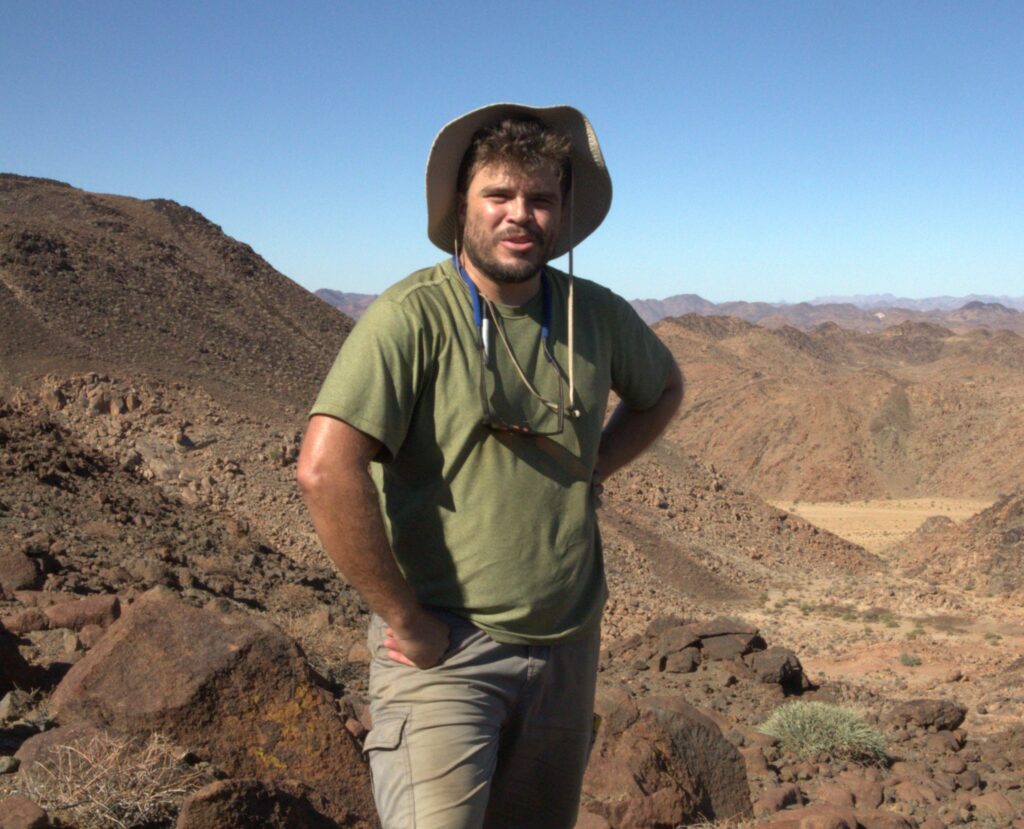Dr Scott Angus MacLennan
Lecturer
School of Geosciences , University of the Witwatersrand

Biography
I am a senior lecturer at the School of Geosciences at the University of the Witwatersrand whose primary focus is on using geochronology, geochemistry and field geology to answer interesting questions about Earth’s climate, biosphere, and crustal evolution. After completing my undergraduate and MSc degrees at the University of Cape Town, I went to work in the mineral exploration industry for a couple years. After feeling the cravings to get back into pure science, I started a PhD at Princeton University focussing on high precision geochronology of Neoproterozoic and Archean rocks. I then went on to do postdoctoral work at the University of Arizona and Caltech working on geochronology and novel stable isotopes. I jumped at the opportunity to come back to South Africa and started as a lecturer at Wits in 2022.
Disciplines
Earth history, sedimentology, geochemistry and geochronology
Fields of study
The carbon isotope composition of marine carbonate rocks is an important record of ecological and environmental changes through Earth history. This record mostly shows small variations around 0‰ ∂13C, except for several important exceptions. The most extreme and long lived of these exceptions is the early to mid-Paleoproterozoic Lomogundi-Jitai carbon isotope excursion, where ∂13C values in carbonates exceed +10‰ for what is believed to be a duration of more than one hundred million years. A poorly constrained temporal association with the Paleoproterozoic Great Oxidation event suggests a causal connection between this carbon isotope excursion and the initial oxygenation of Earth’s atmosphere. The deposition of such ∂13C enriched for such a long period of time is incredibly difficult to explain using canonical models of Earth’s carbon cycle, which has led to many other interpretations where this event is not global in extent or synchronous in time, rather representing several small, separate spatial regions where these enriched carbonates were deposited. A critical missing component to all these debates that is hampering our ability to interpret such an important event in Earth history is the lack of a robust chronology for the carbon isotope excursion. This is mostly due to a dearth of volcanic rocks amenable to U-Pb zircon dating that occur within the targeted Proterozoic stratigraphy globally. In this regard, the Magondi Supergroup in western Zimbabwe could be potentially very scientifically valuable. Within the stratigraphy of the Magondi Supergroup are a sequence of shallow marine carbonates that record the Lomogundi-Jitai carbon isotope excursion, as well as a series of extrusive volcanic rock units which contain lithologies that are ideal for U-Pb zircon geochronology. This succession therefore has the potential to provide new critical time constraints on the timing and duration of this carbon isotope excursion. The carbonate geochemistry of the Magondi Supergroup has already been explored to a first order and was one of the regions where this carbon isotope excursion was first identified, but new geochemical tools have not been employed in the region. In the project proposal application below, we propose to collect a suite of volcanic and carbonate rocks from the Magondi Supergroup to generate a new set of high precision U-Pb zircon ages to constrain the timing and duration of the Lomogundi-Jitai excursion, as well as revisit and improve upon the historical geochemical work that was done.
